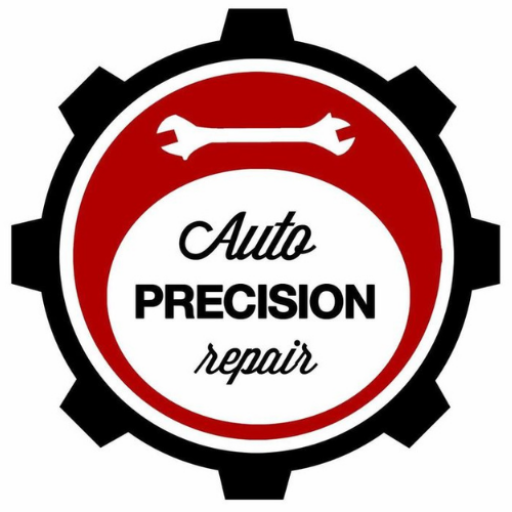Understanding the Different Types of Vehicle Inspections: A Comprehensive Guide

The Essential Vehicle Inspection Checklist: Navigating Through the Types
April 16, 2024
What to Expect During Your Vehicle Inspection: Types and Tips for Preparation
April 16, 2024In the realm of vehicle ownership, the excitement of a new set of wheels often contrasts starkly with the meticulous, somewhat tedious, yet utterly essential task of vehicle inspection.
You, as a responsible vehicle owner, must be well-acquainted with the various types of vehicle inspections to ensure your motorized companion’s optimal health and safety. There are pre-purchase inspections, routine safety checks, and even emissions tests to consider, each with its distinct purpose and procedures.
This comprehensive guide will equip you with a wealth of knowledge, laying out the intricate steps involved in each type of inspection, the critical points to be aware of, and the potential pitfalls to avoid.
But before you rev up your engine and hit the road, there’s more to uncover – why are these inspections so crucial, and how can they save you from potential headaches down the line?
Exploring Pre-Purchase Vehicle Inspections
Diving into the realm of pre-purchase vehicle inspections, it’s crucial to understand that this process involves a comprehensive check of the vehicle’s condition, from engine performance to cosmetic details, to ensure you’re not buying a lemon.
You’re not just peering under the hood; you’re also checking for rust, body damage, or tire wear. It’s about testing the brakes, the alignment, and the suspension. You’re scrutinizing the vehicle’s history report for any past accidents or title issues.
You’re making sure the electronics, the lights, the air conditioning, and the heating all function properly. By being thorough, you’re ensuring you’re not just part of the car-buying community, but a smart consumer who knows the value of a well-inspected vehicle.
Unraveling Routine Safety Checks
When it comes to routine safety checks, you’re not just making a cursory glance; instead, you’re conducting a meticulous evaluation of the vehicle inspection safety features, ensuring every component – from brakes to seat belts – is functioning as it should.
You’re checking tire pressure, testing all lights and indicators, scrutinizing the windshield for cracks, and assessing the windshield wipers’ effectiveness. You’re examining the engine for leaks, validating the battery’s performance, reviewing the oil level, and confirming the radiator coolant’s adequacy.
It’s not merely about ticking boxes; it’s about your safety and those sharing the road with you. Remember, a well-maintained vehicle isn’t just a luxury, it’s a responsibility.






